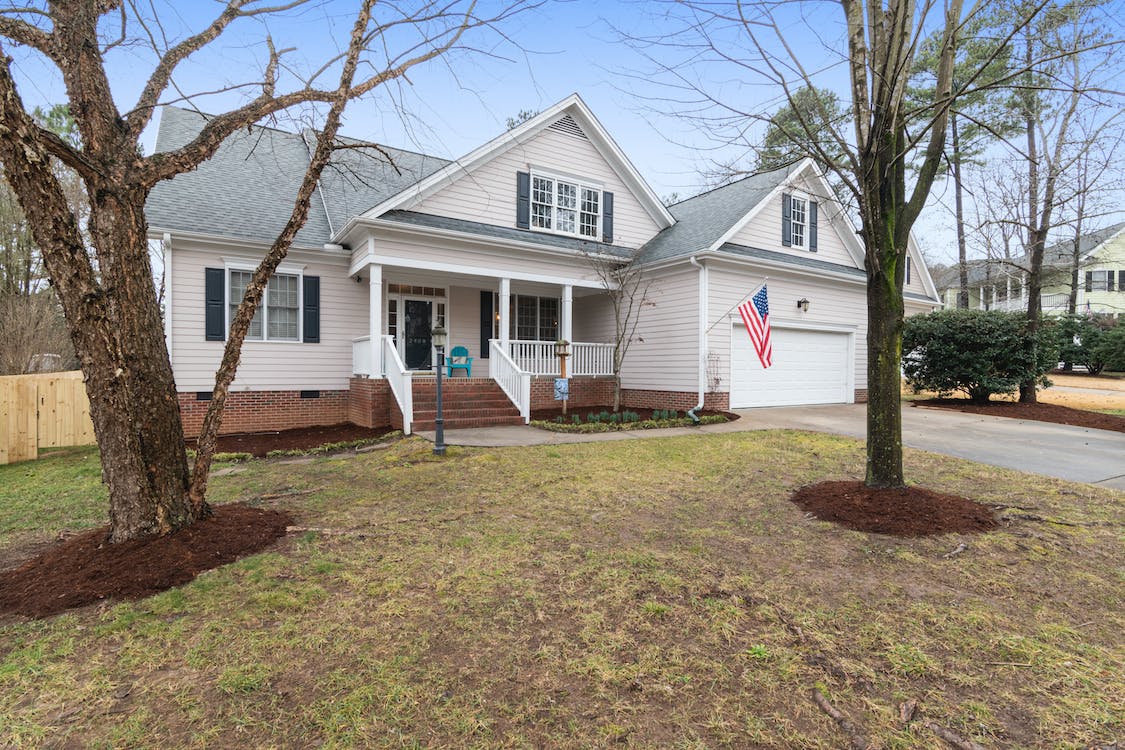
Increase in Mortgage Rates Coincides with Housing Market Downturn
As a heat dome blankets much of the country, the housing market grapples with its own challenges. Mortgage rates have surged to 6.81% for 30-year fixed-rate loans, up from the previous week’s average of 6.78%, according to Freddie Mac. Concurrently, the decline in median home prices that had persisted for 42 days came to a standstill in the week ending July 22.
Realtor.com® Chief Economist Danielle Hale explains, “The decline in the median listing price has dissipated, with prices matching those of a year ago.” In this article, we will delve into the implications of these real estate trends and examine how they impact both buyers and sellers during this summer housing market.
Over the past few months, mortgage rates have remained stagnant, fluctuating within the unwelcome range of 6% to 7%. It seems that as soon as rates decrease, they promptly rise once again. This pattern emerged in March 2022 when the Federal Reserve began increasing interest rates to curb inflation. Although mortgage rates are not directly tied to the Fed’s rates, they have been rising in tandem lately.
With the recent interest rate hike by the Federal Reserve, it is expected that mortgage rates will remain elevated until the streak of rate hikes concludes, potentially by the end of the year. However, it is uncertain which direction mortgage rates will take in the coming months.
Although falling home prices have helped offset the impact of high mortgage rates, this glimmer of good news has faded. After six consecutive weeks of declining prices, year-over-year median home listing prices reached parity, stagnating at 0% for the week ending July 22. The median asking price for an average home stood at $445,000 in June.
The main driver behind persistently high prices seems to be sellers with “pricing power,” as Hale aptly describes them. These sellers find themselves in advantageous positions, as demand outstrips supply in the housing market.
Amidst persistently high mortgage rates and cost-sensitive buyers, the limited number of sellers in the current market appears to be taking advantage of their leverage by adjusting prices accordingly, according to Hale. The much-anticipated price relief that buyers had hoped for has not materialized due to the ongoing trend of demand outpacing supply, leaving potential homebuyers frustrated.
Nevertheless, there are pockets in the Northeast and Midwest that do provide some respite in terms of affordability.
New listings entering the market saw an 18% decline for the week ending July 27 compared to the previous year, extending a 55-week streak. Additionally, active inventory, which encompasses both new and existing listings, experienced an 8% drop compared to the same period last year.
Hale points out, “The consistent size of this gap over the past year has been substantial. However, as we move past the sharp decline in new listings observed in 2022, we may witness the pace of decline slowing down.”
While this does not imply an influx of new homes hitting the market, the steady decline in new listings may finally start to decelerate, potentially stabilizing the situation and providing buyers with some predictability.
Hale anticipates that overall inventory will remain low, with a projected 5% decrease compared to 2022 due to fewer existing homeowners opting to sell, deviating from recent trends.
A scarcity of homes at higher price points combined with elevated mortgage rates contributes to properties languishing on the market for extended periods.
For the week ending July 22, homes remained on the market for an additional nine days compared to the previous year, continuing a 53-week trend of longer sales cycles.
“Persistently high costs continue to hinder some buyers, impacting overall demand,” Hale remarks.
Nonetheless, the pace of home sales is gradually accelerating. Just two weeks prior, homes spent an average of 13 extra days on the market year over year. Last week, that figure diminished to 10 days.
“As we surpass the period of housing market slowdown in 2022, we can expect this disparity to continue narrowing, potentially leading to homes selling faster than the previous year by autumn,” Hale explains. “If this materializes, it would signal the market transitioning into an intermediary state, with properties spending fewer days on the market than before the pandemic but still longer than during the peak frenzy of the real estate market.”










